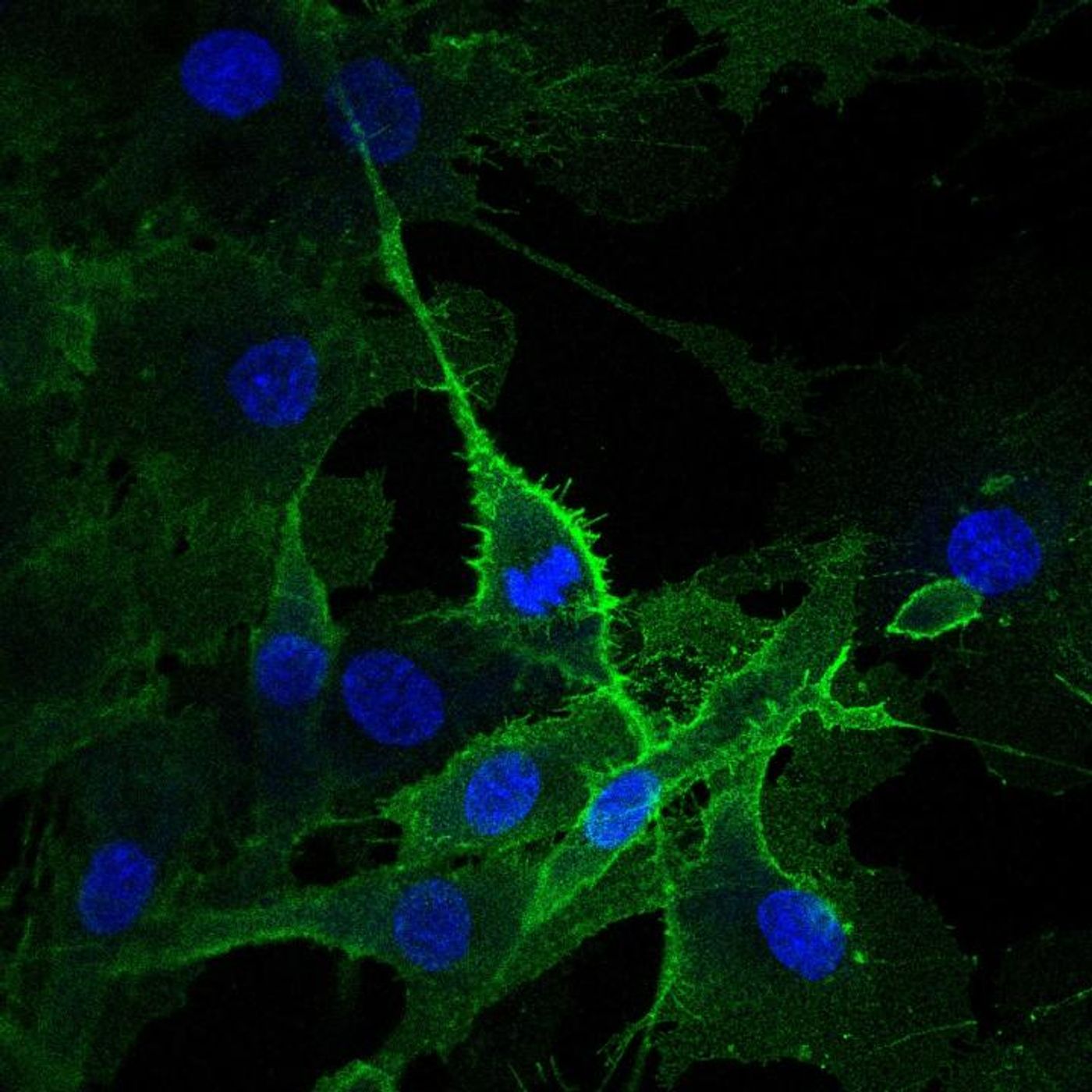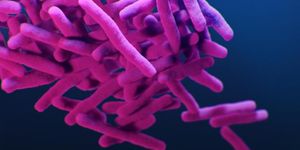A New Type of Muscle Cell That Could be a Target for Gene Therapy is ID'ed
Small tears can occur in muscles that have to do a lot of work, and the body repairs those tears. Muscles have a supply of restorative stem cells called satellite cells, which are critical in that repair process. Satellite cells make new muscle fibers, enabling muscles to regenerate, which can happen well into old age. It had been thought that a protein that helps control the expression of some genes, a transcription factor called PAX7, played an important role in regeneration in muscles. But new work has shown that muscle growth and repair can happen without PAX7. These findings, which revealed a new type of satellite cells, may have implications for the development of gene therapy for muscle diseases.
"Cells from which new muscles arise have enormous potential for developing gene therapies to treat muscle atrophy. And PAX7 is actually considered a characteristic property of muscle-building satellite cells," explained Professor Simone Spuler, research group leader at the Experimental and Clinical Research Center (ECRC), a joint institution of the Max Delbrück Center for Molecular Medicine in the Helmholtz Association (MDC) and Charité - Universitätsmedizin Berlin. Spuler is the senior author of a report on this study, published in Nature Communications.
"The findings will certainly surprise many researchers in the field," noted lead study author Dr. Andreas Marg, a senior scientist in the Spuler lab."I previously focused my research on PAX7-positive cells. Our findings lead us down a new path."
A young muscular dystrophy patient was critical to this new knowledge. She has abnormally small but healthy muscles, and the muscles by her spine are particularly affected. The patient has breathing trouble and difficulties holding her up her head. By analyzing her genes, the researchers found that the PAX7 gene she carries is mutated in a rare way. The scientists took a muscle sample from the patient and isolated satellite cells that were then implanted in mice. Even though PAX7 was absent, muscle fibers grew.
The researchers have suggested that PAX7 doesn't play the same role in every cell, which is why the patient can walk and climb but lacks diaphragm strength, which causes problems with breathing.
"We could perhaps develop a gene therapy for [the patient] using the CRISPR-Cas9 gene-editing tool," said Spuler. "However, to repair the defective gene, CRISPR-Cas9 would have to specifically target the cells of the axial musculature, and that is not yet possible." The Spuler lab is working on creating this kind of therapeutic approach.
The patient's cells were also compared to those taken from healthy individuals using a single-cell analysis by a team of scientists led by Professor Nikolaus Rajewsky at the Berlin Institute for Medical Systems Biology (BIMSB). That revealed the presence of a novel population of cells. In about one-fifth of donors, most satellite cells that were activated don't make PAX7, even with a normal PAX7 gene. The researchers found that a different transcription factor, CLEC14, was expressed at high levels in the patient's muscle stem cells.
A subtype of satellite cells that does not express PAX7 was then identified. These cells carry proteins including CLEC14A, and they can also create new muscle fibers. It had been thought that PAX7-expressing cells were the only targets for gene therapy that acts on satellite cells. This newly discovered subtype can now also be targeted.
Sources: AAAS/Eurekalert! via Max Delbrück Center for Molecular Medicine in the Helmholtz Association, Nature Communications


![WGS for rare disease diagnosis [eBook]](https://d3bkbkx82g74b8.cloudfront.net/eyJidWNrZXQiOiJsYWJyb290cy1pbWFnZXMiLCJrZXkiOiJjb250ZW50X2FydGljbGVfcHJvZmlsZV9pbWFnZV84MmRlM2UyYjA5M2Q3ZTYwOTI3Zjc1YTRjOWU2N2RmMjkzMThjMTJkXzI1MDcucG5nIiwiZWRpdHMiOnsidG9Gb3JtYXQiOiJqcGciLCJyZXNpemUiOnsid2lkdGgiOjcwMCwiaGVpZ2h0IjozNTAsImZpdCI6ImNvdmVyIiwicG9zaXRpb24iOiJjZW50ZXIiLCJiYWNrZ3JvdW5kIjoiI2ZmZiJ9LCJmbGF0dGVuIjp7ImJhY2tncm91bmQiOiIjZmZmIn19fQ==)






